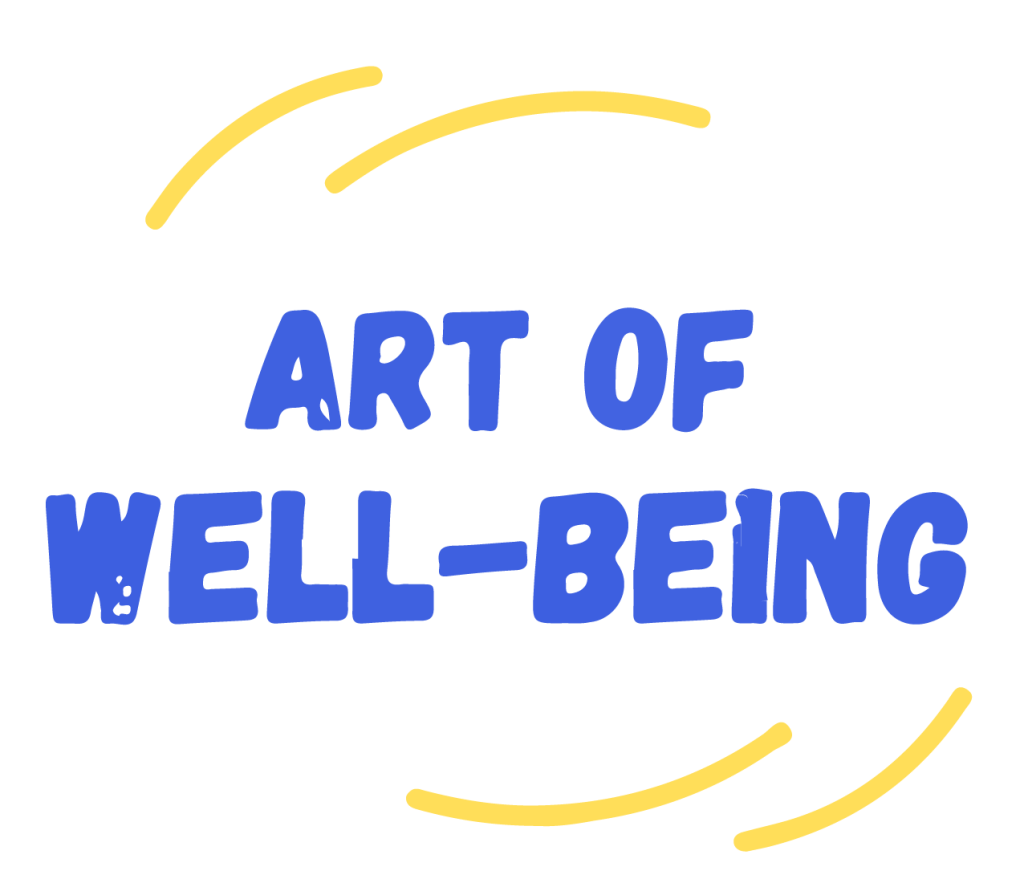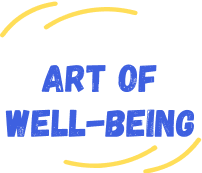InMotion Therapy is a nervous system–based approach rooted in Child-Centered and Directive Play Therapy and Polyvagal Theory. Children don’t always have the words to express how they feel—but their bodies speak volumes. A child’s behavior often reflects what’s happening beneath the surface, within their nervous system.
When the nervous system is calm and regulated, children can navigate life’s ups and downs with greater clarity, flexibility, and balance. Backed by the science of movement and self-regulation, InMotion Therapy helps kids connect, grow, and thrive in ways that feel engaging, active, and safe.

Who is this Type of Therapy For?
inMotion Therapy is a great fit for children and teens who:
- Have lots of energy, difficulty focusing, or challenges with self-regulation and impulsivity (including ADHD)
- Experience anxiety or worry
- Feel emotions very intensely or have frequent emotional outbursts
- Need support with emotional or social skill-building
- Have trouble expressing their feelings
What Happens in a Session?
Sessions take place in sensory-rich spaces designed to encourage movement and play—such as indoor sports courts, sensory rooms for movement and body attunement, and outdoor areas for games and exploration. As children move, the therapist observes their cues of safety, connection, and regulation. Using these insights, clinicians guide interventions that support flexibility, confidence, and emotional awareness.
Through consistent, safe, and playful experiences, children develop stronger self-regulation, a sense of security in their bodies, and the ability to express and manage big emotions. For children under 12, parents or caregivers also participate in monthly sessions to strengthen communication and carry progress from the therapy room into daily life.
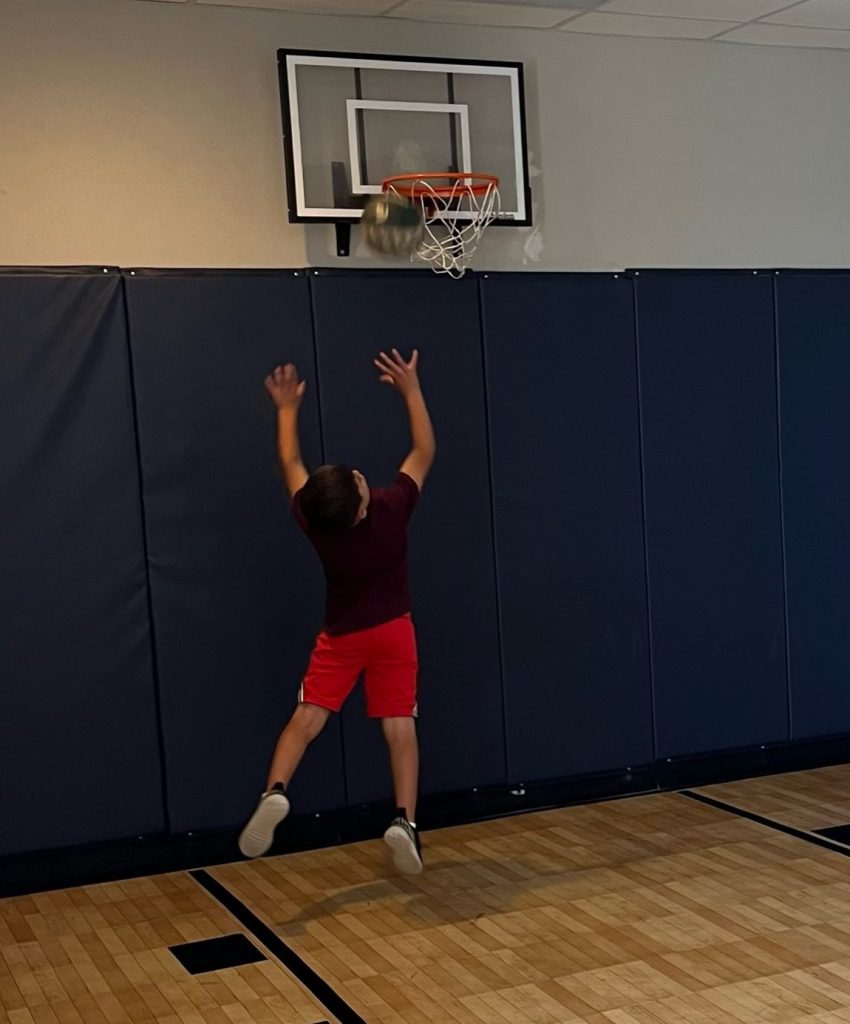
Grounded in Evidence-Based Practices
inMotion Therapy integrates a range of research-supported approaches, including:
- Polyvagal Theory
- Directive and Child-Centered Play Therapy
- Cognitive Behavioral Therapy
- Somatic and Sensory-Based Theories
These frameworks support emotional regulation, trauma recovery, and overall healthy development—especially for kids who process the world through movement and play.

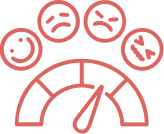
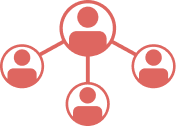

What if my child isn’t into sports?
No problem! inMotion Therapy isn’t about athletic ability or competition. Movement is just the medium. Sessions may include gross motor activities like swings, monkey bars, and obstacle courses, along with movement-based games, dance, and imaginative play.
